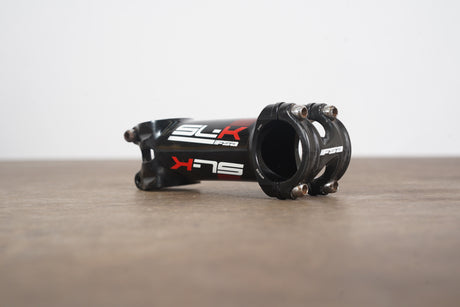If you’ve been eyeing Shimano’s flagship mechanical road groupsets, you’ve probably come across Dura-Ace 9000 and Dura-Ace 9100. At first glance, they look nearly identical — sleek, lightweight, and built for pro-level performance. But the subtle changes between them can impact how your bike shifts, handles, and even looks.
Let’s break down the differences so you can make the smartest decision before upgrading.
Quick Overview
Dura-Ace 9000
- Launched: 2012
- Speed: 11-speed mechanical shifting
- Brake Options: Rim brake only
- Crankset: 4-arm asymmetric design, compact and standard gearing options
- Weight: ~2,050 g (full groupset)
- Known For: Being Shimano’s first 11-speed road groupset, smooth shifting, and durability.
Dura-Ace 9100
- Launched: 2016
- Speed: 11-speed mechanical shifting (also available in Di2 electronic)
- Brake Options: Rim brake and hydraulic disc brake versions
- Crankset: Refined 4-arm design with improved stiffness and aesthetics
- Weight: Slightly lighter than 9000
- Known For: Modern ergonomics, broader gear range options, and disc brake compatibility.
Key Differences Between Dura-Ace 9000 and 9100
1. Brake Compatibility
- 9000: Rim brakes only — perfect for traditional road setups.
- 9100: Available in both rim and hydraulic disc brake versions, giving riders more stopping power and all-weather performance.
2. Crankset Design
The 9100 crankset has a more angular, aerodynamic look and improved stiffness over the 9000. Both share Shimano’s 4-arm design, but the 9100 integrates better with modern frames.
3. Ergonomics & Lever Shape
9100 levers are slightly reshaped for improved comfort and grip, especially noticeable on longer rides.
4. Gear Range Options
- 9000: Limited to the original 11-speed cassette ranges.
- 9100: Supports a wider gear range, including cassettes up to 30T, making it more versatile for climbing.
5. Weight Savings
While the difference is minimal, the 9100 is slightly lighter thanks to refined materials and construction.
Which One Should You Choose?
If you’re after classic mechanical performance with proven reliability, the Dura-Ace 9000 is still an excellent choice.
If you want modern braking options, improved ergonomics, and wider gear compatibility, the Dura-Ace 9100 edges ahead — especially if you’re future-proofing your build.
FAQs
1. Is Dura-Ace 9100 compatible with my existing 9000 parts?
Yes, most components are cross-compatible since both are 11-speed, but brake type differences (rim vs disc) may limit interchangeability.
2. Does the 9100 shift better than the 9000?
Shifting performance is similar, but the 9100’s refined mechanics offer slightly smoother and quicker engagement.
3. Can I upgrade from 9000 to 9100 without changing my wheels?
Yes — if your wheels are already 11-speed compatible, they’ll work with both groupsets.






